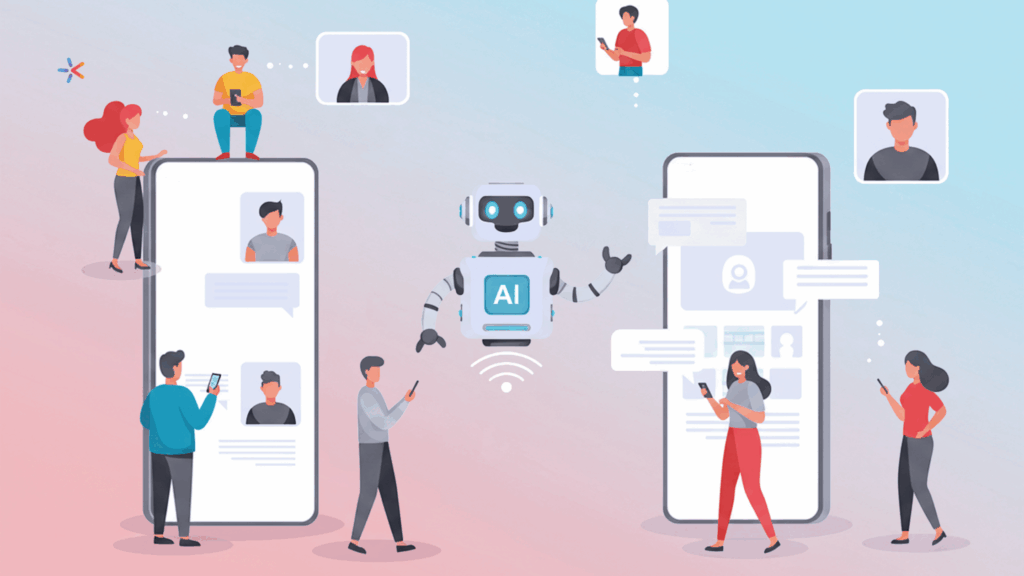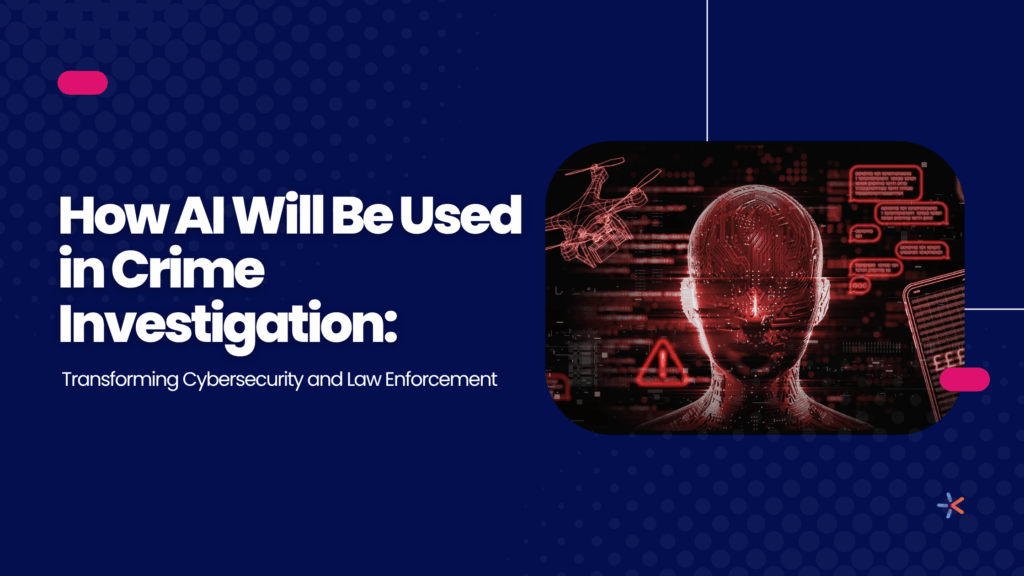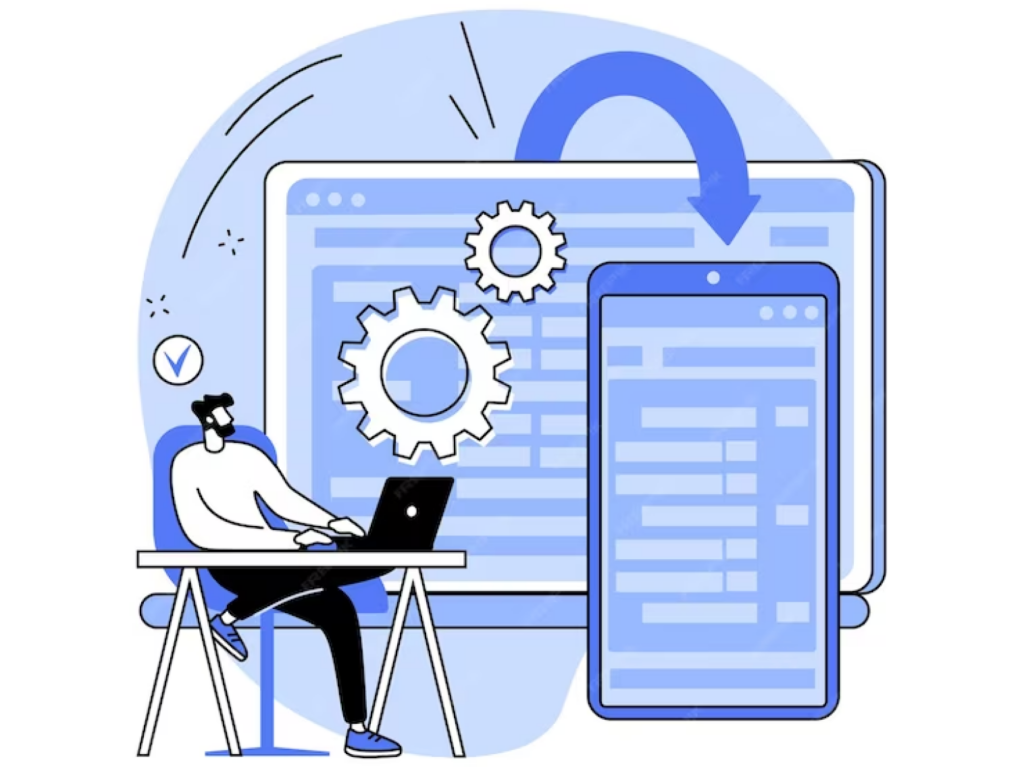In the fast-growing world of technology, terms like Artificial Intelligence (AI), Machine Learning (ML), and Deep Learning (DL) are everywhere. Whether you are a student, professional, or just someone curious about tech, it’s very easy to get lost in these buzzwords. People often use AI, ML, and DL interchangeably, but the reality is that these terms are related yet quite different.
This blog will help you clearly understand what AI, ML, and DL mean, how they differ, and why they matter in today’s digital age.
What is Artificial Intelligence (AI)?
Artificial Intelligence (AI) is the broadest concept in this field. It refers to the ability of machines to perform tasks that typically require human intelligence. AI systems are designed to simulate human decision-making, problem-solving, reasoning, and learning.
The term Artificial Intelligence was coined by John McCarthy in 1956, who defined it as “the science and engineering of making intelligent machines.” Long before McCarthy, Alan Turing had already introduced the idea in his famous paper, asking, “Can machines think?”
AI is not a specific algorithm or method—it is an umbrella term that covers everything related to creating intelligent machines. Think of it as the top level that includes both machine learning and deep learning within it.
Examples of Artificial Intelligence in Daily Life:
Virtual Assistants like Siri, Alexa, and Google Assistant.
Recommendation Engines on Netflix, YouTube, and Amazon.
Navigation Apps like Google Maps using AI for real-time traffic updates.
Chatbots that provide customer support on websites.
AI is the broader universe, and now we move into one of its most impactful subsets: Machine Learning.
What is Machine Learning (ML)?
Machine Learning (ML) is a subset of Artificial Intelligence. It is the science of teaching machines to learn from data and improve their performance without being explicitly programmed.
The term was introduced by Arthur Samuel in 1959, who described it as the ability for computers to “learn without being explicitly programmed.” Later, Tom Mitchell gave a more technical definition: “A computer program is said to learn from experience E with respect to some tasks T and performance measure P, if its performance on tasks in T, as measured by P, improves with experience E.”
Breaking It Down:
Normally, when you write a software program, you must give the computer precise instructions. For example, if you program a robotic arm, you need to provide exact coordinates, pressure details, and release points. The machine will follow the rules step by step.
But with Machine Learning, instead of manually programming every rule, you feed the machine data and goals, and it learns by itself. The machine identifies patterns, adapts, and improves its performance through trial and error.
Example of ML in Action:
Take a spam filter in your email. Initially, it learns from the examples you provide (emails marked as spam and not spam). Over time, it recognizes new spam patterns without you explicitly programming it.
Types of Machine Learning
Supervised Learning – The machine is trained on labeled data (input + output). Example: Predicting house prices based on size and location.
Unsupervised Learning – The machine looks for patterns in unlabeled data. Example: Customer segmentation in marketing.
Reinforcement Learning – The machine learns through rewards and penalties. Example: A robot learning to walk by trial and error.
Machine Learning bridges the gap between raw AI concepts and real-world intelligent systems. But there’s one more step deeper—Deep Learning.
What is Deep Learning (DL)?
Deep Learning (DL) is a specialized subset of Machine Learning that uses neural networks with many layers (hence the word “deep”). These artificial neural networks are inspired by how the human brain works.
Neural networks have been around since the 1960s, but they became practical only in recent years because of two major factors:
Massive amounts of data available today.
Powerful GPUs that can handle complex computations.
Deep Learning gained attention in 2012, when AlexNet, a deep neural network, won the ImageNet competition by classifying images with an error rate significantly lower than other methods. This marked a turning point in AI history.
Key Features of Deep Learning:
Works best with large datasets.
Uses multiple hidden layers to identify complex patterns.
Powers many modern AI applications like speech recognition, translation, and computer vision.
Applications of Deep Learning
Computer Vision: Self-driving cars detecting traffic signals and pedestrians.
Speech Recognition: Virtual assistants understanding spoken language.
Natural Language Processing (NLP): Google Translate and chatbots.
Medical Image Analysis: Detecting tumors in X-rays or MRIs.
Drug Discovery: Identifying new molecules in pharmaceutical research.
Deep Learning is one of the biggest drivers behind today’s AI revolution.
AI vs ML vs DL: The Key Differences
| Feature | Artificial Intelligence (AI) | Machine Learning (ML) | Deep Learning (DL) |
|---|---|---|---|
| Definition | Broad field of creating intelligent machines | Subset of AI that learns from data | Subset of ML using neural networks |
| Scope | Very wide | Narrower | Narrowest |
| Data Requirement | Can work with less data | Needs structured data | Needs large amounts of data |
| Complexity | High-level concepts | Algorithms and models | Multi-layered neural networks |
| Examples | Chatbots, self-driving cars | Spam filters, recommendation engines | Image recognition, speech translation |
Why Understanding Artificial Intelligence, Machine Learning, and Deep Learning Matters
With technology shaping every industry, understanding these terms is not just for tech professionals. Businesses, marketers, healthcare providers, and even educators are now relying on AI-driven tools. Knowing the difference between AI, ML, and DL helps you:
Choose the right technology for your projects.
Understand industry trends and future opportunities.
Communicate better with developers, engineers, and clients.
Future of Artificial Intelligence, Machine Learning, and Deep Learning
The future of these technologies is extremely promising. Here are some trends shaping the field:
AI in Healthcare – Personalized treatment plans, faster diagnosis, and robotic surgeries.
ML in Finance – Fraud detection, risk assessment, and algorithmic trading.
DL in Autonomous Systems – Self-driving cars, drones, and smart factories.
AI + IoT – Smart homes and cities powered by intelligent devices.
Ethical AI – Building responsible systems that ensure transparency and fairness.
As computing power grows and more data becomes available, AI, ML, and DL will continue to transform industries at an even faster pace.
Conclusion
To sum up:
Artificial Intelligence (AI) is the umbrella term, covering all efforts to make machines intelligent.
Machine Learning (ML) is a subset of AI, focused on enabling machines to learn from data without explicit programming.
Deep Learning (DL) is a subset of ML, using neural networks to power advanced applications like image recognition, speech translation, and autonomous vehicles.
Understanding the difference between Artificial Intelligence, Machine Learning, and Deep Learning helps you grasp the bigger picture of modern technology. As industries continue to evolve, these technologies will remain at the heart of innovation.






